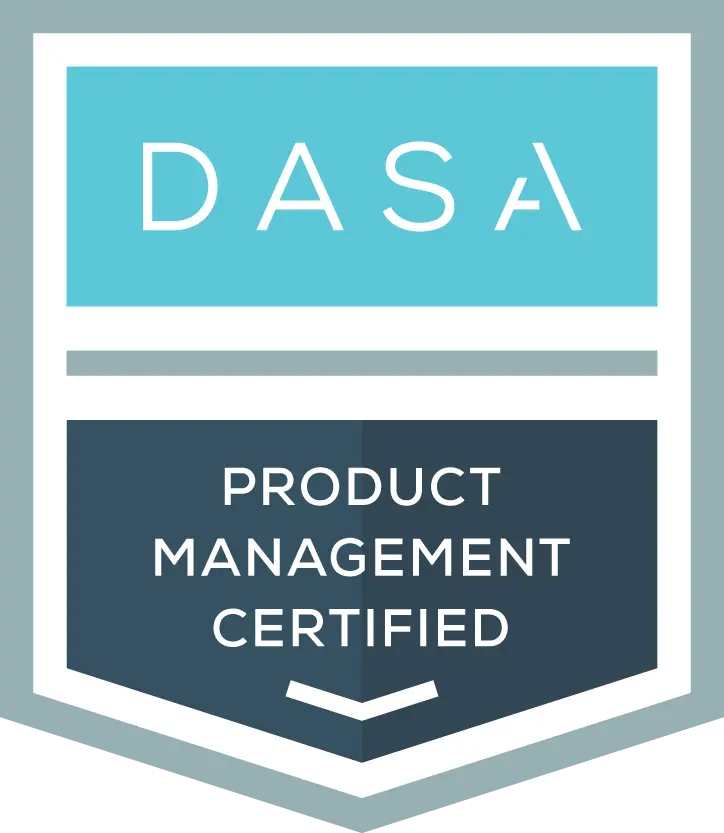Governments around the world are under increasing pressure to modernize their services. Citizens require faster, simpler, and more personalized experiences to meet their diverse needs, while internal departments simultaneously struggle with fragmented systems, aging infrastructure, and legislative hurdles. In order to address this divide, public sector organizations must adopt a product mindset approach which allows for flexibility, iterative improvement, and citizen-centered design.
In the private sector, a product management approach has been key to the success of agile enterprises. In government, however, product thinking is still emerging. However, when implemented effectively the benefits are significant: reduced complexity, faster service delivery, improved transparency, and more efficient use of resources.
From Projects to Products: The Shift in Mindset
Historically, government agencies have operated through a project-based model. A policy is passed, then funding is allocated, and a project team is assembled to build a new system or process. However, this approach often focuses on delivering a predefined solution, not solving an underlying problem. Product thinking flips this by identifying the user need first, and iteratively delivers solutions that evolve with feedback. By focusing on outcomes instead of outputs, public institutions can shift from one-off implementations to long-term service ownership and improvement.
Transitioning to a product model within highly structured government institutions requires a strategic blend of culture change, stakeholder alignment, and operational discipline. Several key enablers have emerged from successful transformations:
Building Cross-Functional, Outcome-Oriented Teams
Transitioning to a product-oriented model means breaking down silos. Traditional government departments often work in isolation—IT, compliance, legal, operations. Product teams, by contrast, bring these disciplines together around a shared goal to deliver value to its citizens.
One successful tactic is the early integration of compliance, legal, and security teams into the development lifecycle. Rather than being bottlenecks at the end of a delivery process, they become active collaborators from the start. This anticipatory governance approach speeds up delivery while reducing risk.
Another enabler is stakeholder training. At agencies like Rijkswaterstaat, training sessions have helped stakeholders and executives understand the benefits of product thinking and iterative delivery, building trust and creating internal momentum.
Overcoming Bureaucratic Barriers
Bureaucracy can often be an obstacle to innovation. Hierarchical decision-making, legacy systems, changing administrations, and rigid procurement processes can make change painfully slow. However, change is possible, and it starts with establishing a shared understanding of why a transformation is necessary in order to align departments and build momentum. Small wins achieved through rapid iterations can build credibility and reduce resistance.
Government innovation requires leaders willing to challenge the status quo and advocate for new approaches. In some cases, it means taking calculated risks and “just doing” within the bounds of policy and compliance.
Citizen-Centered Design at Scale
Perhaps the most compelling reason for adopting a product mindset is that it centers services around citizens’ needs. In the healthcare domain, CIBG, which is the executive agency for the Ministry of Health in the Netherlands, consolidated four different legislative compliance systems into a single, integrated product for healthcare providers. The result of this “one-stop-shop” allowed for not only better user experience, but also lower operational costs and easier data management.
This kind of consolidation requires a deep understanding of the user journey and flexibility: loosely coupled systems, modular architecture, and open data standards. These technical choices support long-term adaptability in the face of changing legislation or technology.
Managing Legacy Systems and Embracing Iteration
Legacy technology is often cited as a barrier to transformation, but wholesale system replacement is rarely viable. Instead, public agencies are finding success through modular design and incremental replacement. Product teams can prioritize legacy upgrades as part of the backlog, avoiding the trap of endlessly deferring foundational improvements. Meanwhile, evidence-based frameworks like EBM (Evidence-Based Management) allow teams to track real impact through value delivered, user satisfaction, and innovation potential.
AI, Data, and the Future of Government Products
The rise of AI adds both urgency and complexity to public sector transformation. While AI offers enormous potential for efficiency and service personalization, it must be implemented carefully. AI should be applied only when the problem is well understood and when the data quality and ethical standards are rigorously managed.
In practice, this means starting small—with targeted experiments and human-in-the-loop designs—and scaling based on validated outcomes. Transparency, traceability, and user trust are critical.
Conclusion: A Path Forward for Public Sector Innovation
To modernize in a meaningful way, public sector organizations must move beyond project delivery and adopt a product mindset. This shift demands cross-functional collaboration, agile governance, iterative improvement, and above all, a relentless focus on solving real problems for real people. A product mindset allows governments to build sustainable, resilient, and responsive public services that meet the demands of a complex, fast-changing world and address citizen needs more readily.


DASA Product Management
Fosters a product-centric mindset through strategic alignment of product vision with business goals, market analysis, and lifecycle management.
